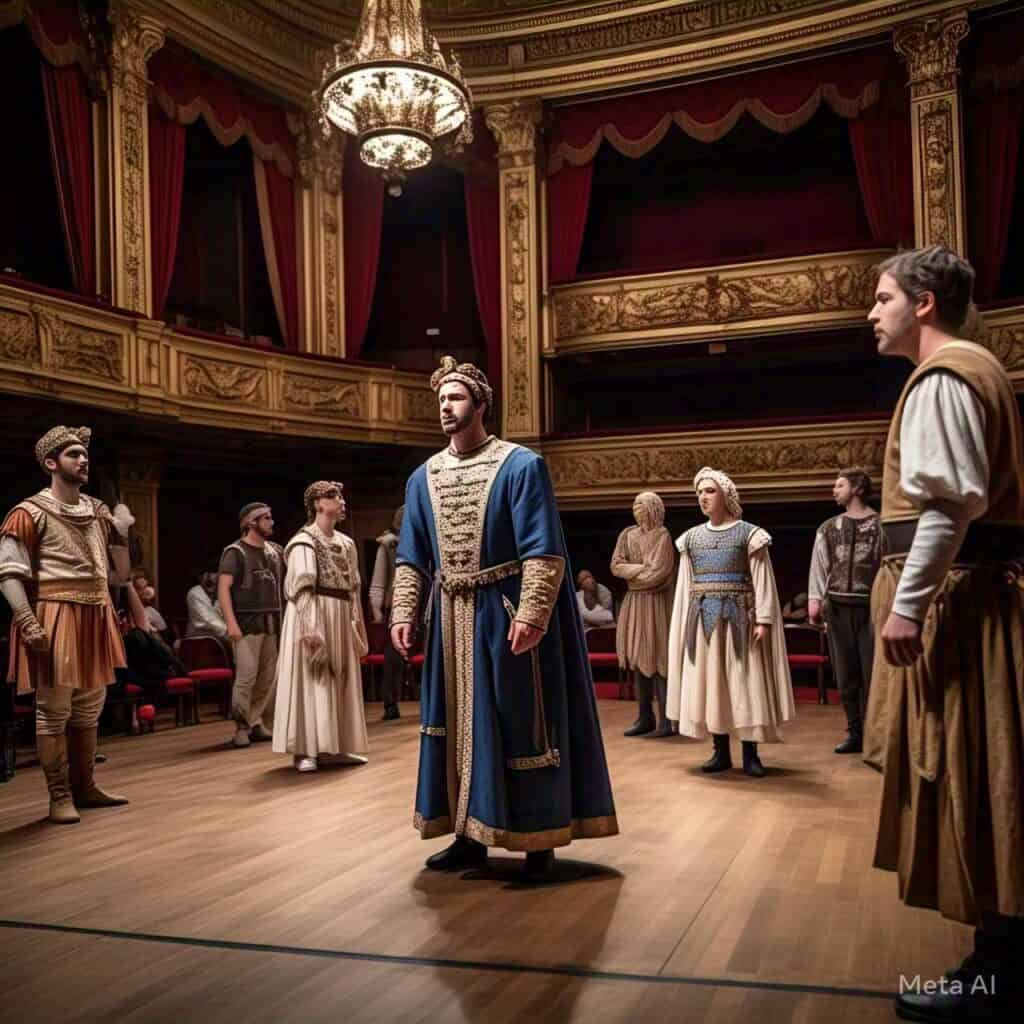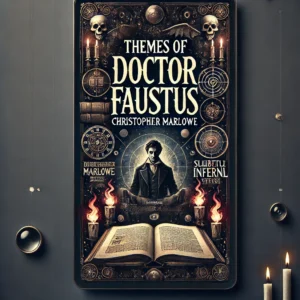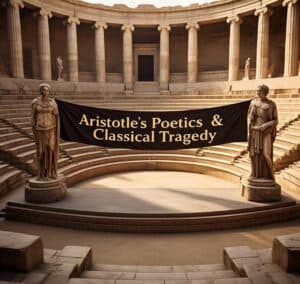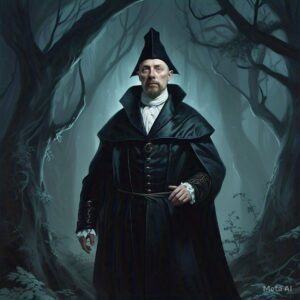Introduction to Classical Theatre and Classical Drama
Classical theatre and thus Classical Drama is one of the oldest forms of storytelling, where actors perform a story on stage. It started as part of religious ceremonies and later developed into a major form of entertainment and art. Classical drama refers to the plays written and performed in ancient Greece, Rome, and the Renaissance period. It mainly includes tragedy and comedy, which have their own unique features.

Origins of Drama
Greek Drama
Drama began in ancient Greece around the 5th century BCE. The Greeks performed plays as part of religious festivals in honor of Dionysus, the god of wine and theatre. The plays were performed in large open-air theatres, and all actors were men who wore masks. The two main types of Greek drama were:
- Tragedy – Serious plays that dealt with themes like fate, gods, and human suffering. Famous playwrights include Aeschylus, Sophocles, and Euripides. Well-known tragedies are Oedipus Rex by Sophocles and Medea by Euripides.
- Comedy – Light-hearted plays that made fun of society, politics, and famous people. Aristophanes was a famous Greek comic playwright, and his play Lysistrata is well known.
The structure of Greek plays included a prologue (introduction), episodes (main scenes), and exodus (ending). A group of singers, called the chorus, helped narrate the story and express emotions.
Roman Drama
The Romans borrowed drama from the Greeks and made it more entertaining for the public. Roman plays were performed in large stone theatres, and actors used exaggerated gestures to make the story clear. Two famous Roman playwrights were Plautus and Terence, who wrote comedies, and Seneca, who wrote tragedies.
Roman tragedy focused on violence and strong emotions, while Roman comedy was about mistaken identities and humorous misunderstandings. Unlike Greek drama, Roman plays did not use a chorus.
Renaissance Drama
The Renaissance (14th–17th century) was a period of great artistic revival in Europe. Playwrights in England, France, and Italy were inspired by Greek and Roman drama. The most famous playwright of this time was William Shakespeare, who wrote both tragedies and comedies. His plays, such as Hamlet, Macbeth, and Romeo and Juliet, are still performed worldwide.
In England, the Renaissance period saw the rise of professional theatres, like the Globe Theatre in London. Plays were no longer just for religious purposes but became a form of entertainment for people of all classes.
Key Features of Tragedy and Comedy
Tragedy
A tragedy is a serious play that usually ends in disaster for the main character. The main features of tragedy are:
- A Noble Hero – The protagonist is usually a person of high status, like a king or warrior.
- A Tragic Flaw – The hero has a weakness, such as pride or ambition, which leads to their downfall.
- Fate and Destiny – The events often show that humans cannot escape fate.
- Catharsis – The audience feels pity and fear but learns a moral lesson.
- Serious themes – Topics include death, revenge, love, and the struggle between good and evil.
Examples of famous tragedies include Oedipus Rex by Sophocles, Hamlet by Shakespeare, and Doctor Faustus by Christopher Marlowe.
Comedy
A comedy is a lighthearted play that entertains and often ends happily. The main features of comedy are:
- Ordinary Characters – The story is about common people rather than nobles.
- Mistaken Identity – Characters often pretend to be someone else, leading to funny situations.
- Clever Dialogue – The language is witty and full of jokes.
- Happy Ending – The play ends in marriage or resolution of problems.
- Social Criticism – Comedies often make fun of political or social issues.
Famous comic playwrights include Aristophanes, Plautus, and Shakespeare, whose play A Midsummer Night’s Dream is a great example of a classical comedy.
Conclusion
Classical drama, with its roots in Greece and Rome, has shaped the way plays are written and performed even today. The contrast between tragedy and comedy helps us understand different aspects of human life—sorrow and joy, fate and free will, suffering and laughter. The influence of classical drama can still be seen in modern theatre, movies, and television.
#classical theatre #classical theatre #classical theatre #classical theatre #classical theatre #classical theatre #classical theatre #classical theatre #classical theatre
Exam Questions
1. Discuss the origins and development of drama in Greek, Roman, and Renaissance periods.
2. How did drama evolve from ancient Greece to the Renaissance period in terms of themes, structure, and performance?
3. Describe the key features of Greek, Roman, and Renaissance drama, including major playwrights and contributions.
Read More
Plot Construction in Pride and Prejudice
Introduction to Fiction and Non Fiction
Of Death — Francis Bacon (Text)
Of Truth Critical Analysis by Sir Francis Bacon
Of Truth by Francis Bacon Summary
Visit Us on our Facebook Page:






